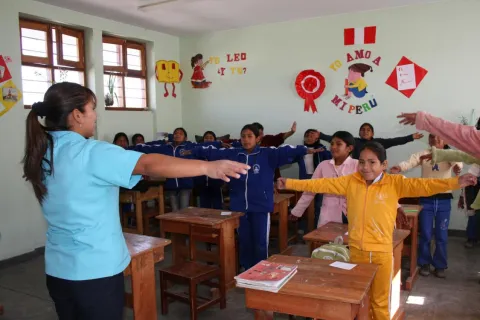WHO Executive Board endorses development of a WHO global action plan on revitalising physical activity for health

30 January 2017, Geneva: The World Health Organization’s 140th Session of the Executive Board on Saturday endorsed a proposal to develop a global action plan on physical activity.
The NCD Alliance and the International Society of Physical Activity and Health (ISPAH) welcomed inclusion of item 10.6 “Revitalizing physical activity for health” on the agenda of the World Health Organization’s Executive Board (WHO EB). The late addition of the item meant that it was only briefly addressed, however in a testament to the committed efforts of dedicated Member States led by Thailand, a proposal to request the Director-General to prepare a draft action plan on Physical Activity for consideration at EB142 (January 2018) and WHA71 (May 2018) was endorsed with no objections.
NCDA, ISPAH and partners will continue to work together to advocate for a physical activity action plan which builds upon the foundations of the WHO Global Strategy on Diet and Physical Activity (DPAS, 2004), the Ending Childhood Obesity Commission (ECHO) implementation plan, and Appendix 3 of the Global NCD Action Plan 2013-2020, in order to achieve the global target of a “10% relative reduction in prevalence of insufficient physical activity”. Such increased and concerted focus reflects the lack of progress on reducing physical inactivity to date, with rates indeed increasing alongside NCD mortality, and the urgent need for Member States to seriously prioritise increasing physical activity to make progress on NCD targets.
To ensure that a physical activity action plan is robust and meaningful, we urge WHO to comprehensively engage civil society in preparing the draft action plan, including relevant scientific communities and community stakeholders. A meaningful and constructive action plan developed in partnership will stimulate and support efforts to promote health and sustainable development through increased physical activity.
We recommend the development of a stand-alone physical activity action plan which will help focus efforts to rapidly scale up investment and implementation of proven cost-effective interventions, strengthen monitoring and surveillance systems, provide technical and training support to increase workforce capacity, expand the evidence-base on cost-effective interventions over time, and engage and collaborate across multiple sectors.